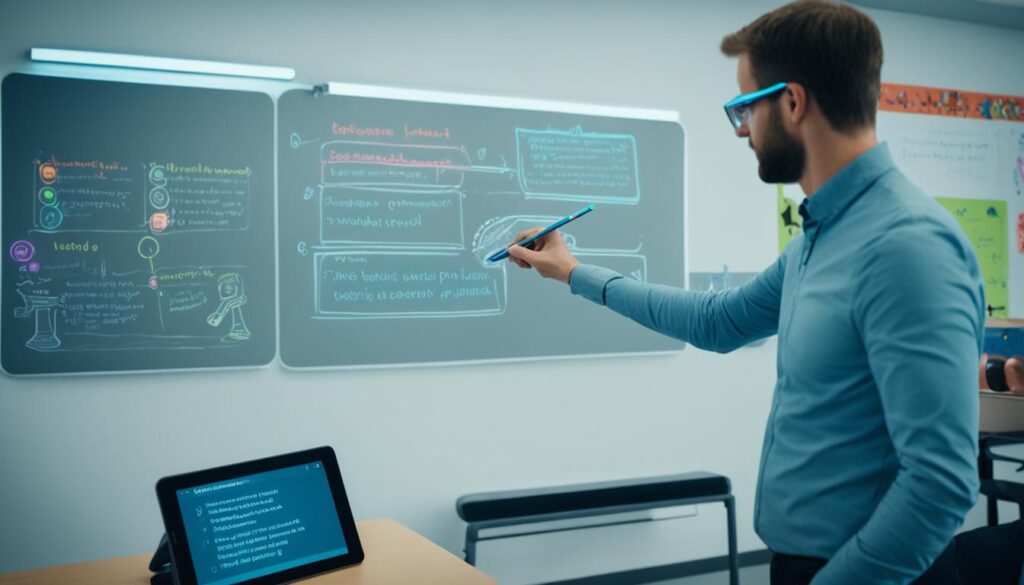
Martin Doherty is the CEO of Ethos Education & Canadian Global Academy : the exclusive authorized provider of the renowned 3rd globally ranked Ontario Ministry of Education‘s curriculum and Digital Learning Platform outside of Canada. He is also the founder the cutting edge magazine, Education Distruptor.
Through our School Partnership Program, we empower schools worldwide to attain Canadian Accreditation, providing the opportunity to establish themselves as Canadian Accredited schools. Additionally, home-based businesses can run their own Canadian Accredited Micro-School. Contact us today to learn more!
Related Posts
- 5 Tech Tools to Streamline Cross-Department Communication
Maximize team efficiency in education with top school project management tools. Enhance collaboration for stellar…
- Beyond Bricks & Mortar: Spark Creativity & Collaboration with Innovative Facilities
Explore revolutionary school building & facilities designed to foster innovation and collaborative learning for a…




